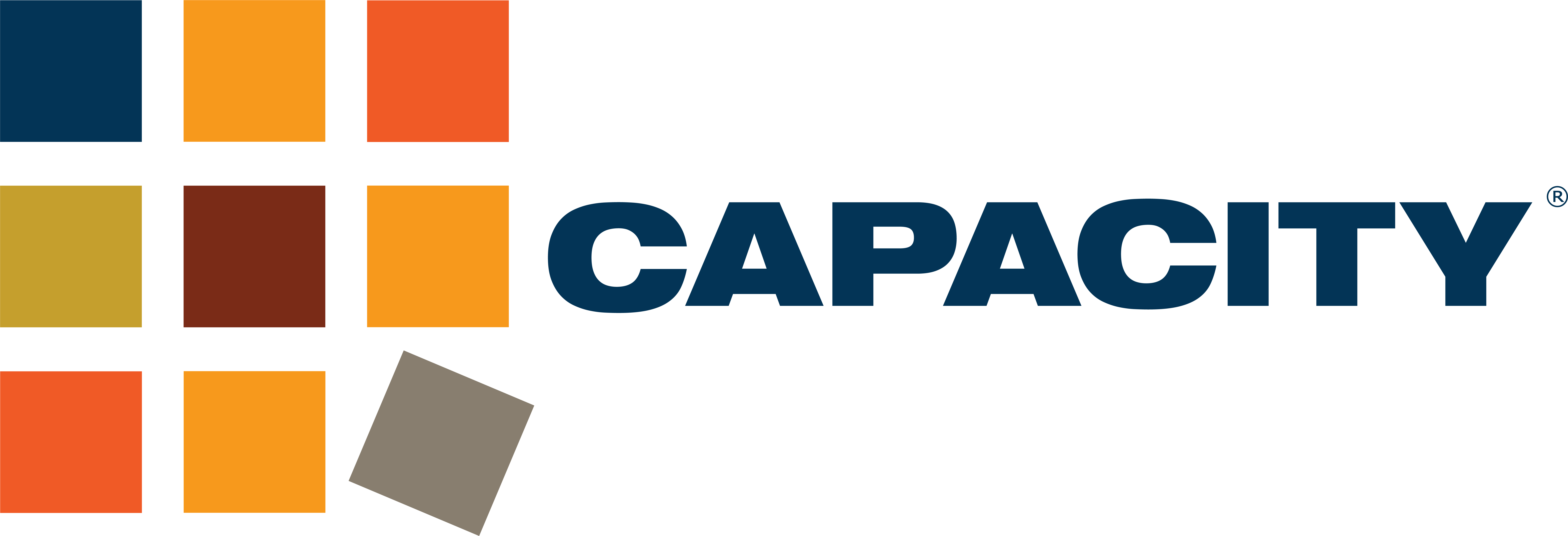Where’s Waldo? A simple question that dates back to the 80s – Where’s Wally?, for our UK-based friends – has been overhauled for the 21st century at our New Jersey fulfillment campus.

For Capacity and our AI robotics partner Covariant, Waldo is setting up camp at the center of supply chain automation in the warehouse — and he’s making friends with our team of (carbon-based) fulfillment specialists!
Watch the video below for a quick introduction to our favorite new automaton.
Supply Chain Automation and Its Impact on Employees
To understand where automation fits into the warehouse environment, it’s important to take a people-first approach. Your human experts are the ones who will watch over such tireless hardware and set the parameters for software programs. Ensure they’re happy with an automated solution and your business also takes a significant step towards happier customers.
Earlier this year, Capacity’s Chief Strategy Officer Thom Campbell held exactly this conversation with our friends at Tecsys, saved for posterity in the following presentation:
“Using Warehouse Automation to Create Happy Employees, Happy Executives, and Happy Customers”
https://tecsys.hubs.vidyard.com/watch/AnFejdZE6P5X5bRhkWC89J?
“Automation is what makes our industry run… blending labor and automation is the key to frictionless fulfillment,” says Thom, highlighting a crucial balancing act that lies at the heart of automation in the warehouse. The current retail landscape makes understanding that balance even more important…
Increasing demand.
Accelerated eCommerce.
Stretched fulfillment.
All add up to a scenario in which automation in the warehouse becomes essential to success, rather than an item on your to-do list alongside other future innovations. But how will the hard-working warehouse team react?
Positioned properly, supply chain automation is seen as a crucial tool to become a more effective and productive team. The right hardware can improve picking speed and accuracy, while releasing warehouse team members to work on more value-added activities that require a human touch and creativity, such as crafting that perfect pack out or looking for operational bottlenecks.
Viewed in this light, it’s easier to see how supply chain automation makes work more engaging by removing the most repetitive jobs. The consistent output and stable cost of operating warehouse robotics, for example, empowers fulfillment experts to undertake more strategic or client-facing tasks.
This is what we’ve seen with Waldo, who you’ll learn a lot more about in future articles, so don’t forget to subscribe for updates when posts like that are published!

Set the Scene for Successful Automation in the Warehouse
The first tip that Thom offers for successful automation is to understand the nuance of your order fulfillment operation. What are its strengths and weaknesses? Where do you have people who are capable of more but can’t get away from their core operational tasks? Understanding what’s working well also tends to flag areas for improvement.
Guy Courtin of 6 River Systems recommends starting at the end: defining a fulfillment outcome that you want to see, when you want to see it happen, and then “work backward into that goal to clarify what kind of automation makes the most sense for your situation.”
Bill Denbigh of Tecsys echoes that sentiment, emphasizing that “automating a bad process just means you get a bad outcome faster.” It’s an important point, as failing to correctly apply automation has the potential to have the exact opposite of the desired effect: the wrong solution is only going to see the situation you want to improve deteriorate more quickly.
Fuse the right goal to the appropriate solution, however, and you’re starting with a sound foundation.
To that end, the combined participants offer the following steps for success:
- Define what you want to achieve and get cross-functional participation/buy-in from day one.
- Get granular and break your processes down into their consituent parts.
- Interview potential providers to confirm they understand your requirements and have a solution that fits.
- Segment affected processes into manageable chunks and implement in phases, where possible.
- Measure, track, and improve before moving onto the next phase.
- Set up a feedback loop for those working directly with any supply chain automation. Make sure they are engaged and empowered to own any changes and improvements they want to see.
That final point is key, prioritizing the people who will make or break the success of your supply chain automation.
“If you equip your people with the right technology and the appropriate systems, you’ll get buy-in from the team,” says Bill, emphasizing that the human is still the integral part of the system. Our goal must be for automation to alleviate the burden on our people and lift them up to make the wider system work better.
Thom points to the example of people power during peak season:
“When we get to Black Friday, our VP of Operations Karim Fofana is analyzing data in real-time and attempting to harmonize the process at every opportunity.”
Robotics make things move faster but it’s our operations specialists and engineers who make them hum and fine-tune the system. The best automation in the world will not help a poorly developed warehouse or supply chain system.
In the end, supply chain automation in the warehouse comes down to designing systems that take advantage of the best of both worlds – human and automated capabilities. Do so and you’ll see a fulfillment operation that is going to succeed for years to come.
Could your fulfillment operation use some enhancement, automated or otherwise? If so, our experts are ready and willing to bounce around some ideas! Use our contact page to start the ball rolling.

